Dominique Viel is the founder of InvisiYouth Charity, a 501(c)3 nonprofit organization that helps teens and young adults around the world with varied chronic conditions and disabilities discover empowering lifestyle programs to live full lives while battling illness. A natural progression of speaking engagements she began as a teen in research hospital treatment centers, she launched InvisiYouth in 2015 after years of self-advocacy, having experienced a lack of patient-centered platforms that served to bridge the gap between the medical and non-medical aspects of her life while living with invisible illness. In particular, her focus is on teens – the “older” pediatric patients often overlooked and misunderstood by the medical establishment. She strives to foster greater communication and compassion between these patients and their medical teams, and to encourage teens to find outlets to live creative, fulfilling lives in spite of – but with reverence to – their disabilities.
Join us as Dominique shares…
- that she lives with both visible and invisible illness in the forms of: RSD (Reflex Sympathetic Dystrophy or Complex Regional Pain Syndrome/CRPS), scoliosis, tachycardia, and undiagnosed EDS (Ehlers Danlos Syndrome) with hypermobility
- that she first got sick a decade ago (right before she turned 16), and RSD ended her competitive tennis career
- that, like so many patients with chronic illness, she experienced the “revolving door” of specialists, tests, and procedures in the early stages of her diagnosis
- that she struggled to maintain and keep balance in her life as a high school student with her mounting medical conditions
- that she taught herself to be ambidextrous as a result of RSD/CRPS
- that she was apprehensive to try acupuncture and cupping, but had great success with these therapies for managing symptoms of RSD/CRPS
- that she struggled with chronic illness visibility in college, and transferred schools in her freshman year because of a lack of accommodation
- that she learned very early on to be her own health advocate, and had an additional early advocate in her mother, who is a nurse
- that she adapted quickly to new career options because of her physical limitations; her narrative came second to her body’s needs
- the grieving process of health changes, which accelerated her maturation process because of discussions about mortality
- that she had no community in the invisible illness world until she launched InvisiYouth at the age of 22; many of her friends either backed off or struggled to understand her conditions because they couldn’t see them
- the importance of being proactive about your health, rather than reactive
- that she’s been unofficially diagnosed with EDS – and not officially diagnosed because of the cost and limitations of testing
- that when she was younger, her lack of ability to explain her conditions made her feel like less of an authority on her own body
- the lack of disability representation in the media, and how important it is to expand our understanding of representation
- that the name of InvisiYouth was rooted in her feeling of invisibility being in an older, often misunderstood youth demographic
- that for the last 7 years she’s speaking publicly at the Children’s Hospital of Philadelphia, addressing doctor-patient communication and responsibilities with particular reference to the teen and young adult community
- that she structured InvisiYouth to work functionally around her disabilities
- how she prepares daily and weekly to manage work and life around her symptoms
- her advice for those with disabilities seeking remote work
- the importance of meaningfully asking our friends “how are you?” and seeking a truthful response
- that chronic illness, success, and happiness are NOT mutually exclusive
- the importance of celebrity disability awareness, and how these individuals can put a face on invisible illness for the masses
- that she’s now been to 47 doctors, and very few ever asked about how she was feeling – which has impacted her goal to empower both patients AND doctors to better communicate together
- the importance of owning one’s medical adaptations






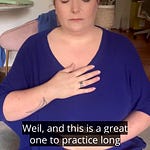
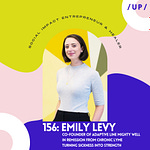

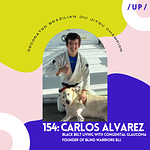
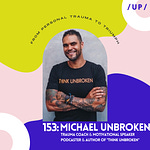
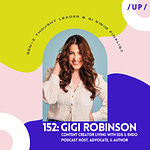
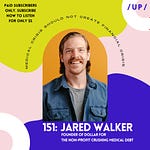
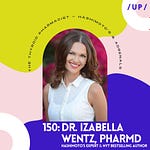
Share this post